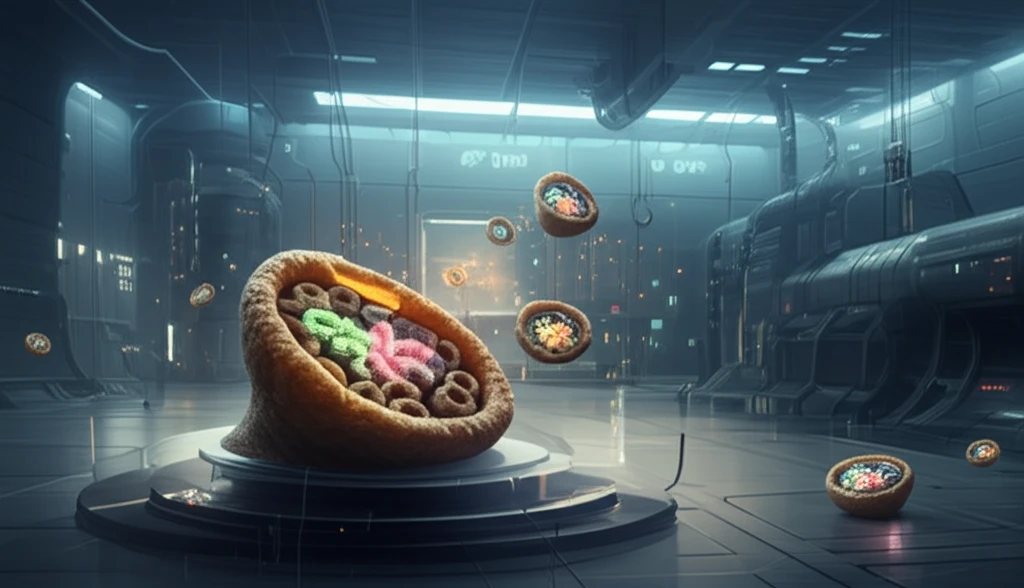
3D-Printed Probiotic Foods: The Future of Personalized Nutrition?
"Explore the groundbreaking research into 3D-printed cereal-based structures containing probiotics and how they could revolutionize the way we approach health and wellness."
In an era where personalized nutrition is becoming increasingly important, scientists and food technologists are constantly seeking innovative ways to deliver health benefits through food. One promising avenue is the use of 3D printing to create cereal-based food structures containing probiotics. This emerging field combines the precision of 3D printing with the well-established health benefits of probiotics, offering a novel approach to food design and nutrition.
Probiotics, live microorganisms that confer health benefits when consumed in adequate amounts, have gained widespread recognition for their positive effects on gut health, immunity, and overall well-being. Incorporating probiotics into food products can be a challenge due to their sensitivity to heat and other processing conditions. However, 3D printing offers a unique opportunity to protect and deliver these beneficial microorganisms in a palatable and customizable format.
Recent research has explored the feasibility of using 3D printing to manufacture cereal-based food structures containing probiotics, optimizing factors such as dough formulation, printing parameters, and baking conditions to ensure the survival and efficacy of the probiotics. This article delves into the findings of this research, highlighting the potential of 3D-printed probiotic foods to revolutionize personalized nutrition and health.
What's the science behind 3D printing probiotic cereal structures?

The study investigated the feasibility of using 3D printing to create cereal-based food structures containing probiotics, focusing on optimizing the dough formulation and printing process to ensure probiotic survival. Researchers experimented with different water contents, wheat flour types, and calcium caseinate levels to assess their impact on printability and the resulting structure's stability. Printability was evaluated based on ease and uniformity of extrusion, precision, and geometric accuracy.
- Dough Formulation: Different water content, flour type, and calcium caseinate levels were tested.
- Printability: Ease of extrusion, precision, and complexity were key factors.
- Structure Design: 'Honeycomb' and 'concentric' designs with varying surface-to-volume ratios were used.
What are the next steps?
3D-printed probiotic foods hold immense potential. Future research will refine the printing process, explore new probiotic strains, and integrate additional nutritional components. As technology advances, personalized nutrition through 3D-printed foods will become increasingly accessible, offering tailored health benefits to consumers. By continuing to innovate, we can unlock the full potential of 3D printing to improve health and wellness.
